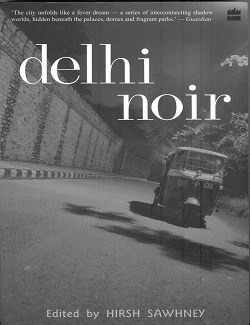The city of Delhi has lived and died many times, it has reinvented itself many times over. In every age, it has had the good and the bad-the mushairas have thrived alongside prostitution rings. Those that have inherited this historical sense know that the good and the bad coexist. They take the darker side of Delhi in their stride, knowing fully well that such a Delhi is any day better than a ‘dead’ Delhi. To others that have made this city their home, Delhi-in its current avatar-is a demanding yet seductive mistress that tantalizes with the promise of happiness but extracts a heavy price. The average Delhite (Dilliwala, if you please) has precious little time to philosophize because the livelong day is spent in commuting from home to the workplace, putting in a full day at work, and then commuting back. The daily media reports of grand embezzlements, political chicanery, gruesome murders, and so on are no more than mere ripples in their lives. The average middle-class Dilliwala lives in a tolerably happy, make-believe world. Depending on their situation in life, the lens of their thoughts paints the city in a myriad of hues, ranging from chirpy and warm to soulless and dismal.
Amidst this forced camaraderie and boisterous joviality, it is indeed a pleasant surprise to see a bunch of people who are honest enough to admit the existence of the darker side of Delhi and capture it as is without bending it to suit their perspective. This is then, in a nutshell, what you should expect of the fourteen stories comprising Delhi Noir. ‘Together they provide an alternative map to the city, one that unveils its sordid corners and beguiling conversations…,’ as noted in the introductory essay by the editor, Hirsh Sawhney.

